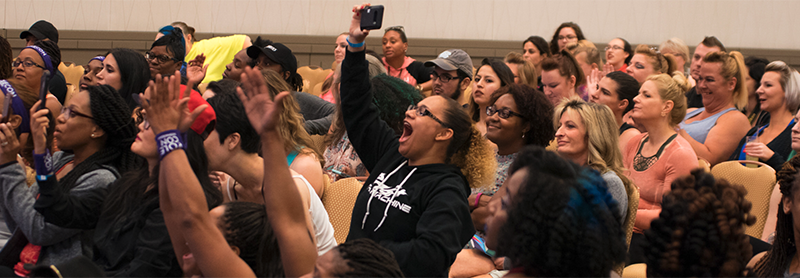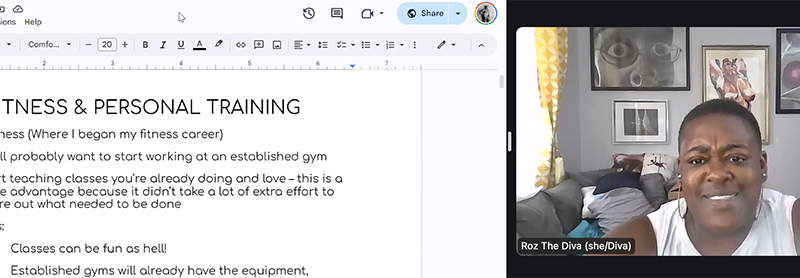[memberonly level=“Group Membership for Businesses of 2-5 individuals, Student, Individual or Solo-Preneur”] Please note that…

How to create a budget for your pole business
The basic purpose of a budget is to understand the difference between your revenue, money coming into your business, and your expenses, money going out of your business. Understanding this information can help you adjust your expectations or your spending habits to maximize the potential profit from your business or to make corrections to ensure you don’t lose money in your business.
It is important to note that a budget is a living tool and should be reviewed regularly, particularly as circumstances change. For existing businesses, when most information about the ebbs and flows of the business is known or can be accurately projected, review the budget preferably quarterly or at least annually. For new businesses, that are still learning to understand their rhythms, start with some educated guesses and then review your budget more regularly such as weekly or monthly, adjusting as needed.
Understanding revenue for your business
Revenue is anything that makes your business money. Revenue could be the products you sell or the services you sell or a combination of both.
Gross revenue is the total amount of money that your business brings in. Net revenue is the gross revenue amount minus any expenses also known as your profit margin. It is possible to have a very high gross revenue number and a very low net revenue number. Generally, to generate the most profit (the money left over after all expenses are paid), you want to keep your gross revenue high and your net revenue also high by controlling expenses and/or increasing your prices.
Understanding expenses for your business
Expenses are anything that your business spends money on to function. There are different kinds of expenses to be aware of.
Fixed Expenses are expenses that are the same every month. These may include:
- Rent
- Bank Fees
- Insurance
- Software as a Service (such as scheduling software, accounting software, newsletter software, etc.)
Variable Expenses are expenses that change every month. These may include:
- Labor (this may be a fixed expense or partially fixed if you have employees or contractors paid a specific amount every month)
- Packaging and shipping
- Production costs
- Credit Card fees
- Utilities
- Advertising expenses (these expenses may be fixed depending on your business or they may be partially fixed).
One Time/One Off Expenses are expenses that only happen once. These may include:
- Equipment
- Building out a new business space
- Buying new furniture
- Investing in software that isn’t paid for monthly.
Not all businesses have the same amount of expenses and revenue monthly. If you have a seasonal business, you may have to adjust your expenses and revenue for the different periods of your business. For instance, some fixed expenses may be the same every month for a year even though you only generate revenue for three months out of the year. In cases like this, it is very important to budget carefully.
How to build a budget template
Budget templates can be made in a variety of ways from a simple spreadsheet to using an online software tool.
To facilitate doing your annual taxes, you may want to set up your business budget to align with tax categories. Or you may decide to set up your budget in a way that makes sense for your business and for your unique needs.
Here are common expense categories that align with tax deductions as a small business owner:
- Interest on loans
- Marketing/advertising
- License fees
- Membership to a professional organization (like the IPIA)
- Rent
- Taxes
- Travel, meals, entertainment
- Education
- Employee compensation
- Legal and other professional fees
- Home Office related (if you have an office in your home)
- Auto related (if you use a car for your business)
- Rent
- Insurance
- Equipment (equipment and other large expenses may be depreciated – or spread out – over several tax years).
Creating a budget for your pole business is an important exercise so you can accurately see how much money your business is making and how much it is spending. Remember to review your budget regularly and update for any major changes in your business. If you are just starting out, make your best guess and then review as information becomes available.



